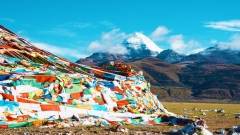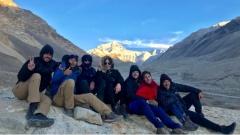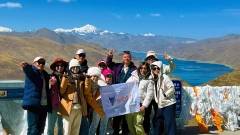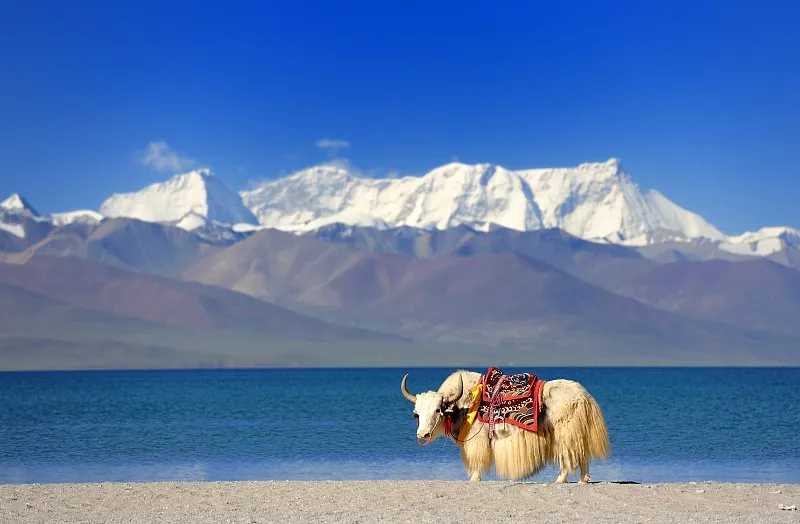When people think of Tibet, they often imagine the famous Namtso or Yamdrok Lakes. While these are stunning, Tibet also hides many lesser-known lakes scattered across the plateau. These hidden gems not only offer untouched natural beauty but also carry deep spiritual meaning in Tibetan culture. Visiting them is a chance to escape the crowds and experience a quieter, more authentic side of Tibet.
In this guide, we’ll explore some of Tibet’s most fascinating hidden lakes, their unique features, and why they deserve a spot on your journey.
1. Basomtso Lake (Draksum Tso) – A Hidden Jewel in Eastern Tibet
Located in Nyingchi Prefecture, Basum Tso is a lesser-known yet incredibly beautiful alpine lake surrounded by snow-capped mountains and dense forests. Sitting at an altitude of 3,500 meters, the lake is part of a UNESCO World Heritage site.
-
Highlights: Crystal-clear waters, lush pine forests, small islands, and the ancient Tashi Island temple.
-
Cultural Significance: Considered a sacred lake by the Nyingma sect of Tibetan Buddhism.
-
Activities: Boating, hiking along the shoreline, photography, and visiting small monasteries nearby.
-
Best Season: April to October, when the valley is in bloom.

Basomtso Lak
2. Lhanag-tso – Manasarovar’s Smaller Neighbor
While Lake Manasarovar is famous as one of Tibet’s three holy lakes, its neighbor Rakshas Tal is less visited but equally fascinating. Known as the “Lake of the Demon,” it is associated with mystical legends.
-
Contrast with Manasarovar: While Manasarovar is round and symbolically pure, Rakshas Tal is crescent-shaped and considered more mysterious.
-
Cultural Meaning: Tibetan mythology links the lake to tales of demons and spiritual trials.
-
Why Visit: To experience the stark contrast of light and dark, purity and mystery, between the two lakes.
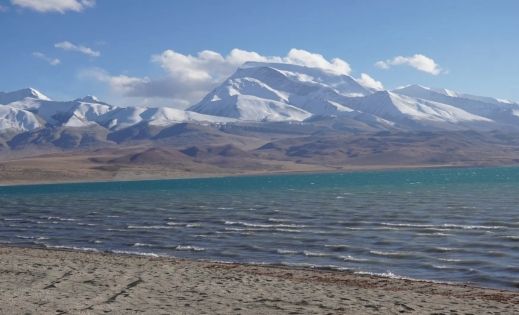
Lhanag-tso
3. Puma Yumco – The “Hidden Turquoise” Lake
Located in Shannan Prefecture, Puma Yumco is one of the least-visited lakes in Tibet. Situated at 5,030 meters above sea level, this lake is breathtaking but requires determination to reach.
-
Features: Its color changes with the light—from emerald green to deep blue.
-
Activities: Camping, high-altitude photography, and stargazing at night.
-
Why It’s Special: Almost untouched by tourism, offering a true wilderness experience.
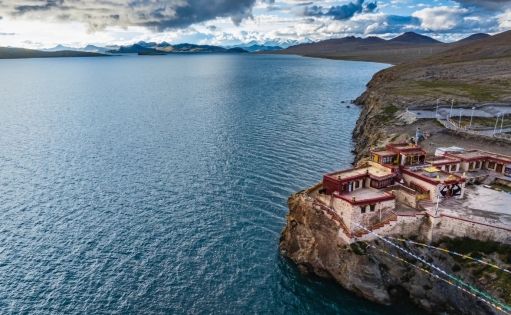
Puma Yumco
4.Gurula Tso
Gurula Tso, located in Shannan Prefecture, is one of Tibet’s lesser-known sacred lakes. The water shifts from deep blue to emerald green depending on the light, surrounded by snowcapped mountains that create a peaceful, mystical atmosphere.
-
Cultural Significance: In Tibetan Buddhism, Gurula Tso is believed to be a dwelling place of deities. Local Tibetans often walk around the lake to pray and seek blessings for health, happiness, and good fortune.
-
Best Time to Visit: Summer to early autumn offers the most favorable conditions, with mild weather and crystal-clear reflections on the lake’s surface.
-
Travel Experience: Far from the usual tourist crowds, Gurula Tso is the perfect place to experience tranquility, spiritual energy, and the raw beauty of the Tibetan plateau.
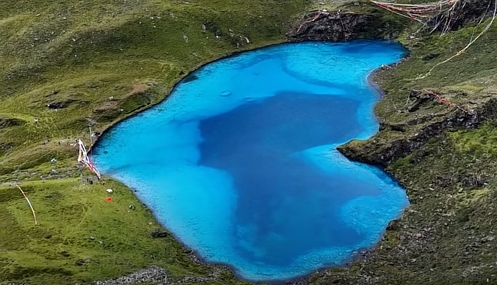
Gurula Tso
Travel Tips for Visiting Tibet’s Hidden Lakes
-
Best Time to Visit: May to October is generally the most accessible season. Winter offers fewer tourists but can be extremely cold.
-
Altitude Concerns: Many of these lakes are above 4,500 meters, so acclimatization in Lhasa or Shigatse is necessary before heading out.
-
Transport: Some lakes like Basum Tso are reachable by car, while others may require trekking or 4×4 vehicles.
-
Packing Tips: Warm clothes, sun protection (sunglasses, sunscreen), high-energy snacks, and sturdy hiking shoes.
-
Respect Local Culture: Many of these lakes are sacred. Always walk clockwise when circumambulating, and never disturb offerings or prayer flags.
Conclusion
Tibet’s lesser-known lakes are hidden treasures waiting to be discovered. From the turquoise waters of Basum Tso to the mysterious Rakshas Tal, each lake tells a story—of nature, spirituality, and culture. By venturing beyond the popular tourist sites, you will not only witness breathtaking landscapes but also gain a deeper understanding of Tibet’s rich traditions and local life.
A journey to these hidden lakes is more than just sightseeing; it is a pilgrimage into the heart of Tibetan spirituality and wilderness.




